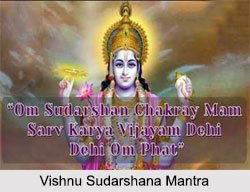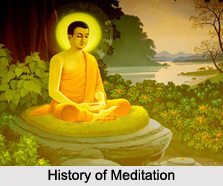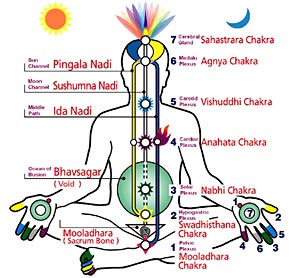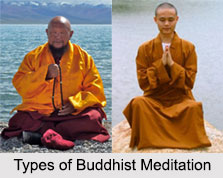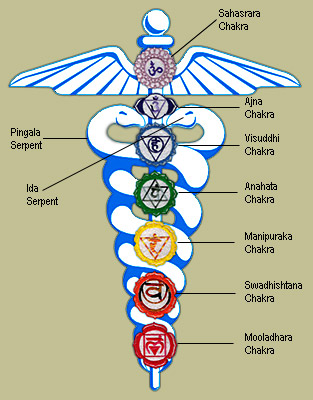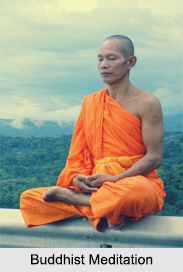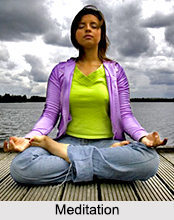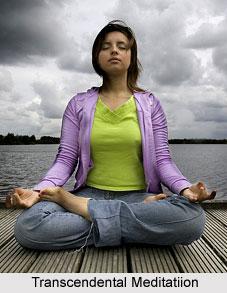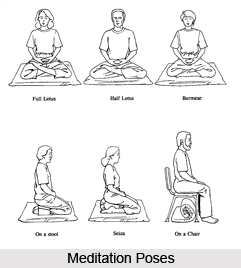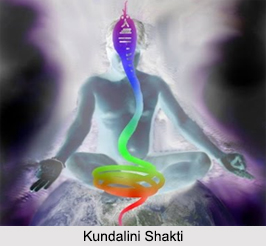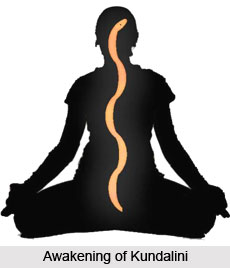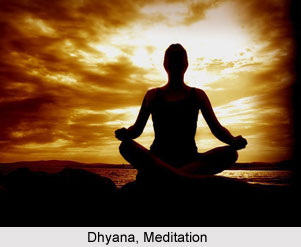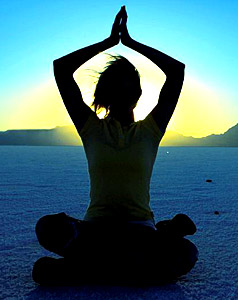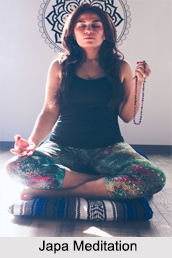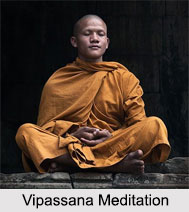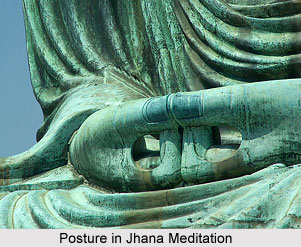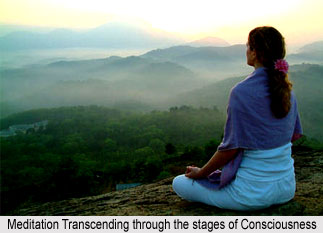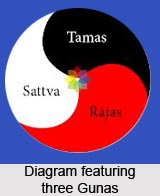 A Mantra is a hymn or verse which when chanted creates a vibration that has an effect on the mental and psychological consciousness. A Guru traditionally gives the Mantra but in absence of a guru the practitioner can select the mantra. The important criterion for selection of a mantra is, it must have verbal and phonological appeal to the mind when enchanted verbally.
A Mantra is a hymn or verse which when chanted creates a vibration that has an effect on the mental and psychological consciousness. A Guru traditionally gives the Mantra but in absence of a guru the practitioner can select the mantra. The important criterion for selection of a mantra is, it must have verbal and phonological appeal to the mind when enchanted verbally.
Chanting the mantra creates powerful vibrations, which attract divine forces as directed to the right `Chakras`. The enchanting of Mantra mystically heals the spiritual, physical and psychological part of the body. It is important to utter the mantra properly and rhythmically so that the words carry a meaning to the enchanter and listener and both can enjoy its essence.
Mantras have specific meaning in ancient philosophical context. But the power lies not in the meaning of word but through the vibratory effects of the sound that is produced when uttered verbally. When mantras are spoken mentally, they also produce tranquil effect.
A Mantra should not be confused with religion. A mantra is always referred to Hindu gods but people from other religion can also enchant it for the peace of mind. Mantras have an important role in Buddhist religion and meditation. A mantra should not be enchanted in a translated form as this will have no vibratory effect and the strength of mantra also goes.
To perform a Mantra Meditation it should be repeated for a fixed time each day. Repeating a mantra too much is not right for a sensitive or psychic person as it might adversely affect their mind. Normally a Mantra is uttered for about ten to fifteen minutes a day but there is prolonged enchanting of Mantras during puja and havanas.
Mantra Meditation has various forms. Transcendental Meditation introduced by Maharishi Mahesh Yogi is an important example of Mantra Meditation, where the practitioners are provided with personal mantras.
Mantra Meditation is easiest and safest for any person and can be practiced by anyone at any time under any condition. The most common way of practicing Mantra Meditation is `Japa`. Japa literally means `rotate`. It is performed by repeatedly uttering the Mantra with the rotation of Japamala. A Japamala is a collection of 108 prayer beads, tied together in a string where each bead is turned after mental or audible recitation of the mantra. Using a Japamala for Mantra Meditation is very effective. It anchors the mind with meditation and does let it distracted by wave of thoughts. The Mantra uttered with the rotation of Japamala provides the person a concentration of mind and it cannot be out of control. This is the reason why Japamala meditation is recommended for the beginner practitioner of Mantra Meditation.
